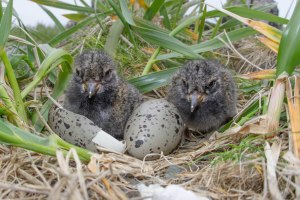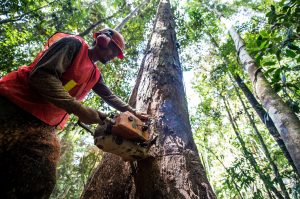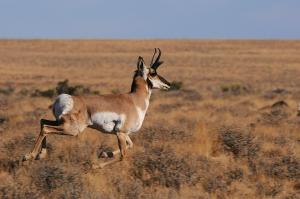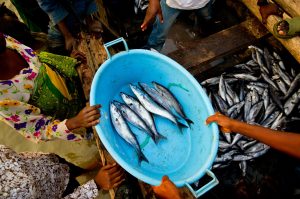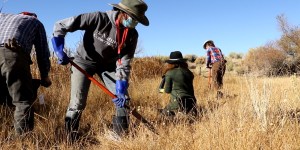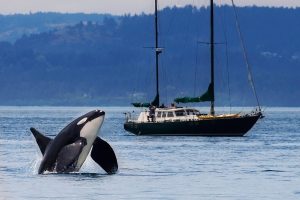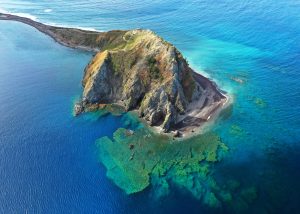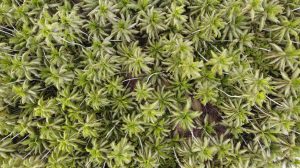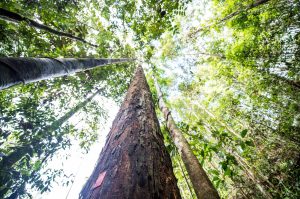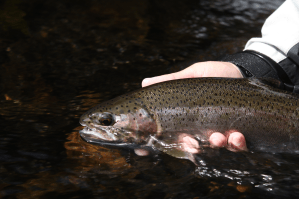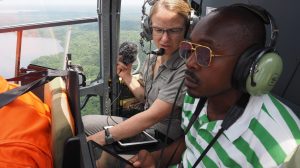Discover stories in Protect Land & Water
Remove the Rats, Restore the Seashore
New science from Alaska’s Aleutian Islands finds that eradicating invasive rodents helps restore marine habitats, too.
Listening to Forests After Logging
New research from Borneo shows that the soundscape of a forest changes significantly following selective logging.
Giving Wildlife Room to Roam in the Face of Climate Change
Why Idaho’s Pioneer Mountains give wildlife room to roam in the face of climate change.
Digitized Data Conserves Africa’s Great Lake Fisheries
In Africa’s Great Lakes, better data collection means better fisheries management.
Helping Birds Adapt to Climate Change in the Nevada Desert
Planting trees to help birds adapt to climate change is the latest chapter in a history of Amargosa River conservation.
It’s Not Too Late for Biodiversity in Heavily Urbanized Environments
It’s not too late for the 102 species at risk of extinction in the heavily urbanized Fraser River estuary of British Columbia.
Mapping the Way to Better Conservation in the Caribbean
For the first time, scientists have mapped all the shallow underwater habitats across 30 Caribbean countries and territories.
Earth Transformed: Mapping of Global Human Modification from 1990 to 2017
Between 1990 and 2015, humans have modified an area of land greater than the size of Russia.
From Palmyra to the Pacific: Realigning a Rainforest
Getting rid of the rats on Palmyra was only the beginning.
When Logging Stops, Does Biodiversity Benefit?
Protecting logging concessions could be a valuable tool for biodiversity conservation.
The Rainbows of Bristol Bay
Research on the rainbow trout of Bristol Bay reveals the complexity of this watershed.
Better Mapping for Better Management of Gabon’s Coastal Wetlands (and Beyond)
If a picture is worth a thousand words, an accurate map may well be worth an entire novel. In Gabon, scientists are working to map a healthy future for Gabon's coastal wetlands.
